This article was medically reviewed by Mindy Lu, LMHC, CN and by wikiHow staff writer, Janice Tieperman. Mindy Lu is a Certified Nutritionist (CN), Licensed Mental Health Counselor (LMHC), and the Clinical Director of Sunrise Nutrition, a nutrition and therapy group practice in Seattle, Washington. Mindy specializes in eating disorders, body image concerns, and chronic dieting. She holds an MS in Nutrition and Clinical Health Psychology from Bastyr University. Mindy is a Licensed Counselor and Nutritionist and is known for her warm therapeutic style and culturally-inclusive lens in healing. She is a member of the Multicultural Counselors of Washington State and the Association for Size Diversity and Health.
There are 19 references cited in this article, which can be found at the bottom of the page.
This article has been viewed 17,848 times.
Malnutrition is a serious health problem that affects individuals all over the world. If you believe that you could be affected by this condition, try making nutritious adjustments to your diet with starchy grains, fruits, vegetables, proteins, and dairy. If you’re dealing with an especially serious case of malnutrition, contact your local doctor or hospital to see what options are available. With the proper nutrients, you can start pursuing a healthier lifestyle!
Steps
Adjusting Your Diet
-
1Follow the recommended calorie intake for your age group. Try to approximate how many calories you eat and drink on a daily basis. Depending on your age and sex, you might need to make some adjustments in your diet. Before making any changes, search online to determine the estimated calorie requirements for your age group.[1]
- For instance, men need anywhere from 2,000 to 3,000 calories each day, while women need about 1,600 to 2,400.
- Check here to see what your recommended calorie intake is: https://www.fda.gov/media/112972/download.
- If you're underweight with a BMI under 18.5, consume the number of calories based on your current rather than your ideal weight. Otherwise, you'll be at risk of refeeding syndrome, which causes a disturbance in mineral balance that could be dangerous. You can increase your food intake more once your condition is stable.[2]
-
2Add at least 8 servings of starchy grains to your diet. Try to eat lots of bread, rice, and pasta on a daily and weekly basis. If you’re female, try including 7-8 servings of grains into your daily calorie intake. If you’re male, aim to eat at least 10 servings per day.[3]
- A sandwich gives you 2 servings of grain, while ½ cup (92.5 g) of brown rice is 1 serving.
- Sandwiches, subs, and any other bread-heavy meals are great options for your diet.
- Try preparing main dishes with pasta, like spaghetti or lasagna.
Advertisement -
3Eat 5 servings of fruits and vegetables on a daily basis. Snack on a variety of produce to boost your vitamin and mineral levels. Include these foods in both meals and snacks, so your diet can become more well-rounded with different nutrients. As you tweak your diet, opt for fruits and vegetables that are in season, since they’ll be easier to find and purchase from grocery stores.[4]
- One serving of fruit is about the size of your fist, while 1 serving of vegetable juice is about ½ cup (118 mL).
- Red produce, like tomatoes and watermelon, is full of lycopene, which helps protect your body from serious illness.
- Leafy green vegetables, like kale and spinach, are loaded with zeaxanthin and lutein, which helps prevent certain eye diseases.[5]
-
4Snack on 6-8 servings of protein each day. Opt for chicken, beef, pork, and a variety of other meat dishes to increase your protein intake. If you’re on the lookout for meat-free sources of protein, try adding nuts, eggs, and beans to your diet instead. As you prepare your meals and snacks, note that women need about 6 servings of protein per day, while men need up to 8.[6]
- A single serving of beef is 3 oz (85 g), while a single serving of cooked black kidney beans is ½ cup (30 g).
- Jerky is a great way to snack on protein on-the-go.
- Peanut butter is an easy but effective way to add protein to a person’s diet.
- Look for granola bars and other snacks that are naturally high in protein.
-
5Include 3 servings of dairy in your scheduled meal plan. Keep the refrigerator stocked with milk, cheese, and yogurt. To help nourish your body, make sure that you’re eating and drinking foods that are high in calcium, as well as other vitamins and minerals. Try to pick up a variety of cheeses and yogurts, so you have plenty of options to choose from.[7]
- A single serving of low-fat or fat-free yogurt is 6 fluid ounces (180 mL), while 1 serving of low-fat milk is 1 cup (240 mL).[8]
- Any kind of milk will work, whether it’s whole, skim, or 2%.
- If you’re in the mood for a soft cheese, try ricotta or cottage varieties. If you’d prefer a firmer option, opt for Parmesan and cheddar instead.
-
6Add high-calorie toppings to different meals and snacks. Supplement savory dishes like pasta, soup, and omelette with extra cheese. If you’re fixing a creamier dish, add 4 tablespoon (59.1 ml) (7.8 g) of skimmed milk powder to a dish of mashed potatoes, custard, pudding, or creamy soup. If you’d just like to increase the calorie count of a dish, try adding an extra spoonful of sugar or honey into various hot drinks, glazed vegetables, and cereal.[9]
- Ground almonds are another great way to increase the calorie count of a dish.
-
7Opt for foods that are fortified with additional nutrients. Look for cereals, grain products, and other foods that have extra minerals and vitamins added as ingredients. If you’re having trouble creating a meal plan that naturally includes extra nutrients, use fortified food to go the extra mile.[10]
- Fortified cereal is a great option for breakfast.
-
8Go for high-calorie drinks and smoothies instead of junk food. Stock up on healthy drinks with a lot of calories and sugar, like fruit smoothies. If chewing and swallowing is too difficult, try drinking your snacks and meals instead. Keep extra sugar and honey on hand in case you’d like to add extra calories to your nutritional shakes and smoothies.[11]
Warning: Avoid snacking on empty calories, like sodas and junk food. Instead, fill your diet with nutrient-rich foods and drinks.
Pursuing Dietary Support and Medical Assistance
-
1Invest in ready meal or delivery services to save cooking time. Search online for meal services that bring prepared food to your door. As you continue improving your diet, focus on eating 3 balanced meals each day. Since cooking can be a lot of extra work, call a meal service to bring over the nutritious food that you need. You can also look into ready-made food at grocery stores, which can be heated up in the microwave or oven.[12]
-
2Take nutritional supplements on a daily basis. Ask a healthcare professional if additional pills and multivitamins are a good option for you. Depending on the severity of the case, supplements might be more effective than produce and other fresh foods. If your doctor recommends this option, visit your local drugstore to pick up the pills that you need.[13]
- If malnutrition is confirmed, a doctor will likely perform bloodwork to check for deficiencies, such as CBC, glucose, lipid panel, kidney panel, vitamin D, vitamin B12, and iron. They may also check other levels depending on the severity of the malnutrition.
-
3Ask for a specialized meal plan for your daily schedule. Talk to a doctor or dietary specialist and see if they can create a meal plan to help you get back on your feet. If you have underlying health issues, like lactose intolerance or diabetes, a doctor or specialist can accommodate these issues with a diet plan. [14]
- For instance, the meal plan for a malnourished child will probably differ from the meal plan for a malnourished adult or senior.
-
4Pursue parenteral nutrition if a doctor recommends it. Ask a medical professional if parenteral, or feeding nutrients through the vein, is a good option for you. If your case of malnutrition is severe, you might want to stay in a medical setting, where you can receive a consistent amount of nutrients through specialized treatment.[15]
- This type of treatment might not be recommended for every patient suffering from malnutrition. Talk to your doctor to figure out the best option for you.
-
5Use a feeding tube if you have difficulty swallowing. Your medical team will recommend this in certain situations, such as due to a stroke or cancer. Ask a doctor if a feeding tube would be the most efficient way to combat malnutrition. If you can’t swallow effectively or correctly, allow the doctors to install a feeding tube through your nose or directly into your stomach. If the malnutrition situation is severe, this type of treatment might be the best option.[16]
- A nasogastric tube goes through the nose and into the stomach, while a percutaneous endoscopic gastrostomy (PEG) tube goes directly into the stomach.
Recognizing the Condition
-
1Contact a doctor if your BMI is less than 18.5. Pay attention to your weight change over the span of a few weeks or months. While less severe cases of malnutrition can be fixed with the right dietary changes, reach out to a healthcare professional if your BMI sinks below 19. If a malnourished individual is severely underweight, you might need to bring them to the hospital.[17]
- There are many ways to treat malnutrition both at home and in a hospital setting.
-
2Monitor yourself for signs of sudden weight loss. If you suspect that you may be malnourished, try keeping an eye on your weight and physical appearance. While body weight can fluctuate due to different factors, take note of any unintended weight loss that occurs over a short period of time. If you lose at least 5-10% of your body weight in between 3 to 6 months, you can safely assume that you’re malnourished.[18]
- Note that it’s important to identify the underlying cause of any sudden weight loss. Talk with your doctor if you’ve lost weight suddenly without trying.
- Don’t mistake weight loss with your own efforts to get fit. If you exercise a lot while maintaining a healthy diet, your weight loss isn’t caused by malnutrition.
Did you know? Malnourishment occurs all over the world. Children, elderly people, and regular adults are all victims.[19]
Poverty is also a major factor that can lead to malnutrition.
-
3Look for muscle weakness or disorientation in your movement. Severe malnutrition often leads to muscle atrophy. Pay attention when you perform tasks that require a lot of physical strength, like lifting and pushing items. If you feel especially weak and frail, you might be malnourished.[20]
- Look for multiple symptoms of malnutrition, not just one. Muscle weakness could be a sign of a different ailment; however, both muscle weakness and unintended weight loss usually indicate malnutrition.
-
4Identify any issues with your memory and mood. Keep tabs on the various conversations you have with other people. See if you have difficulty remembering information that’s mentioned frequently. Additionally, take note of your mood—if you’re forgetful and falling into a depression, you could be suffering from malnourishment.[21]
- While malnutrition mainly affects the body, it can also have negative impacts on the mind.
- Keep in mind that depression and memory loss could be symptoms of another condition altogether.
-
5Get a blood test to see if you’re anemic. If you suspect that you’re malnourished, go see a doctor and get a blood test done. Once your blood is analyzed, check the iron count. Note that malnourished individuals tend to have a low iron count, which makes them register as anemic in a blood test.[22]
Expert Q&A
Did you know you can get expert answers for this article?
Unlock expert answers by supporting wikiHow
-
QuestionCan always being hungry be a sign of malnutrition?
 Mindy Lu, LMHC, CNMindy Lu is a Certified Nutritionist (CN), Licensed Mental Health Counselor (LMHC), and the Clinical Director of Sunrise Nutrition, a nutrition and therapy group practice in Seattle, Washington. Mindy specializes in eating disorders, body image concerns, and chronic dieting. She holds an MS in Nutrition and Clinical Health Psychology from Bastyr University. Mindy is a Licensed Counselor and Nutritionist and is known for her warm therapeutic style and culturally-inclusive lens in healing. She is a member of the Multicultural Counselors of Washington State and the Association for Size Diversity and Health.
Mindy Lu, LMHC, CNMindy Lu is a Certified Nutritionist (CN), Licensed Mental Health Counselor (LMHC), and the Clinical Director of Sunrise Nutrition, a nutrition and therapy group practice in Seattle, Washington. Mindy specializes in eating disorders, body image concerns, and chronic dieting. She holds an MS in Nutrition and Clinical Health Psychology from Bastyr University. Mindy is a Licensed Counselor and Nutritionist and is known for her warm therapeutic style and culturally-inclusive lens in healing. She is a member of the Multicultural Counselors of Washington State and the Association for Size Diversity and Health.
Certified Nutritionist & Licensed Counselor
-
QuestionCan dieting cause malnutrition?
 Mindy Lu, LMHC, CNMindy Lu is a Certified Nutritionist (CN), Licensed Mental Health Counselor (LMHC), and the Clinical Director of Sunrise Nutrition, a nutrition and therapy group practice in Seattle, Washington. Mindy specializes in eating disorders, body image concerns, and chronic dieting. She holds an MS in Nutrition and Clinical Health Psychology from Bastyr University. Mindy is a Licensed Counselor and Nutritionist and is known for her warm therapeutic style and culturally-inclusive lens in healing. She is a member of the Multicultural Counselors of Washington State and the Association for Size Diversity and Health.
Mindy Lu, LMHC, CNMindy Lu is a Certified Nutritionist (CN), Licensed Mental Health Counselor (LMHC), and the Clinical Director of Sunrise Nutrition, a nutrition and therapy group practice in Seattle, Washington. Mindy specializes in eating disorders, body image concerns, and chronic dieting. She holds an MS in Nutrition and Clinical Health Psychology from Bastyr University. Mindy is a Licensed Counselor and Nutritionist and is known for her warm therapeutic style and culturally-inclusive lens in healing. She is a member of the Multicultural Counselors of Washington State and the Association for Size Diversity and Health.
Certified Nutritionist & Licensed Counselor
References
- ↑ https://www.dietaryguidelines.gov/sites/default/files/2020-12/Dietary_Guidelines_for_Americans_2020-2025.pdf
- ↑ https://www.ncbi.nlm.nih.gov/pmc/articles/PMC2440847/
- ↑ https://www.myplate.gov/eat-healthy/grains
- ↑ https://www.myplate.gov/eat-healthy/vegetables
- ↑ https://www.betterhealth.vic.gov.au/health/healthyliving/fruit-and-vegetables
- ↑ https://www.myplate.gov/eat-healthy/protein-foods
- ↑ https://www.myplate.gov/eat-healthy/dairy
- ↑ https://www.heart.org/en/healthy-living/healthy-eating/eat-smart/nutrition-basics/how-much-protein-should-i-eat-in-a-serving
- ↑ https://my.clevelandclinic.org/health/articles/16555-snack-ideas-for-weight-gain
- ↑ https://www.nhs.uk/conditions/malnutrition/
- ↑ https://my.clevelandclinic.org/health/articles/16555-snack-ideas-for-weight-gain
- ↑ https://www.nidirect.gov.uk/articles/meal-ideas-small-appetites-if-malnourished
- ↑ https://www.nhs.uk/conditions/malnutrition/treatment/
- ↑ https://www.nidirect.gov.uk/articles/treating-malnutrition
- ↑ https://www.nhsinform.scot/illnesses-and-conditions/nutritional/malnutrition#treating-malnutrition
- ↑ https://www.nidirect.gov.uk/articles/treating-malnutrition
- ↑ https://www.nhs.uk/conditions/malnutrition/
- ↑ https://www.nhs.uk/conditions/unintentional-weight-loss/
- ↑ https://www.who.int/news-room/fact-sheets/detail/malnutrition
- ↑ https://www.nhs.uk/conditions/malnutrition/symptoms/
- ↑ https://familydoctor.org/preventing-malnutrition-in-older-adults/
- ↑ https://labtestsonline.org.uk/conditions/malnutrition
- ↑ https://www.nhs.uk/conditions/malnutrition/treatment/
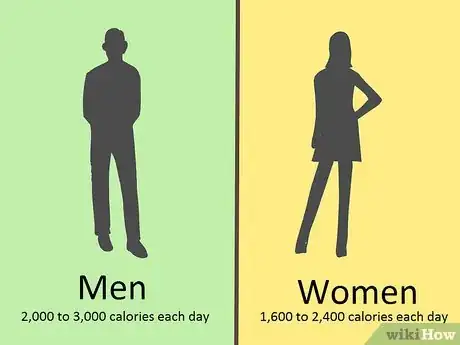
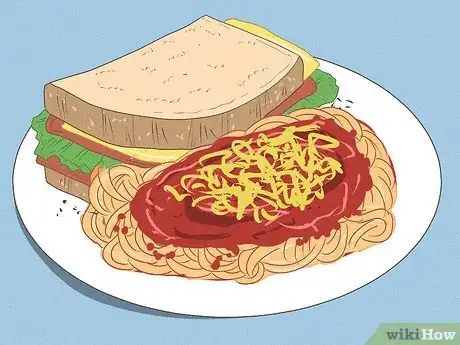
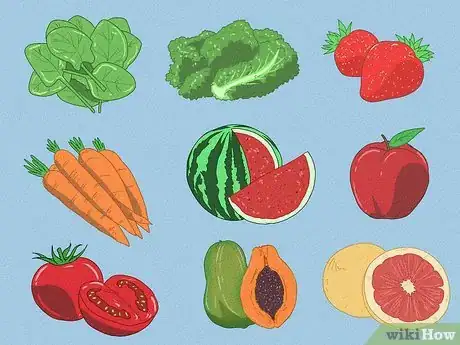
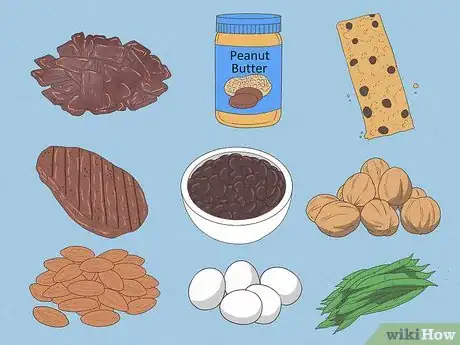
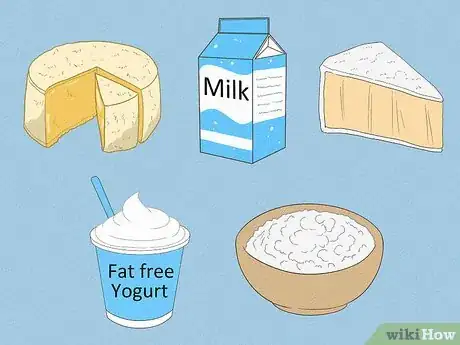
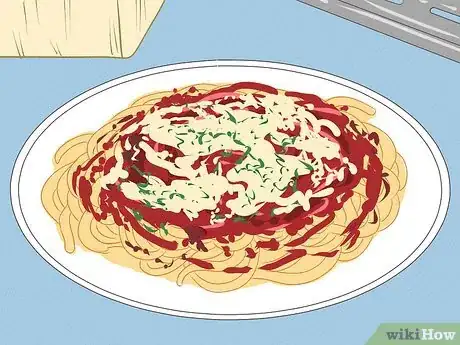
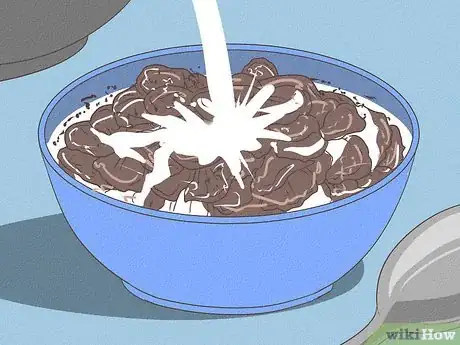


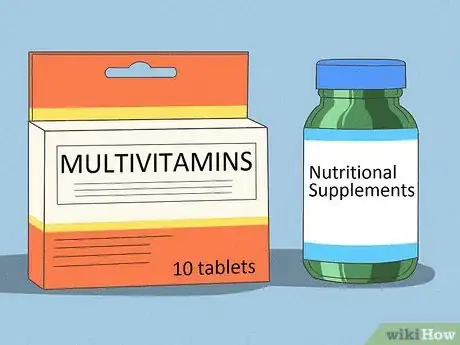
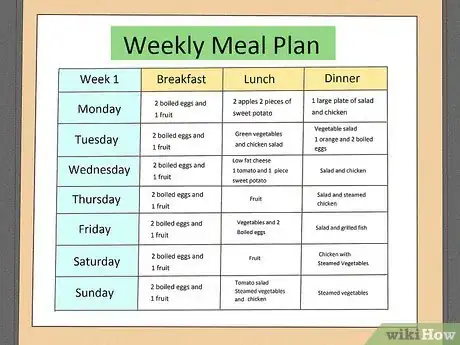
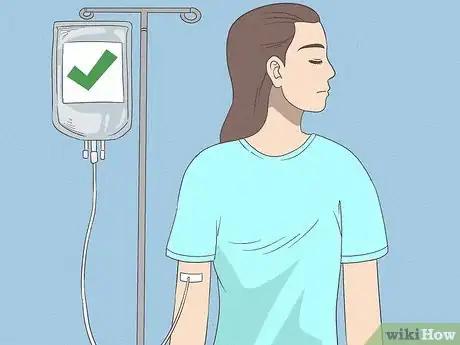
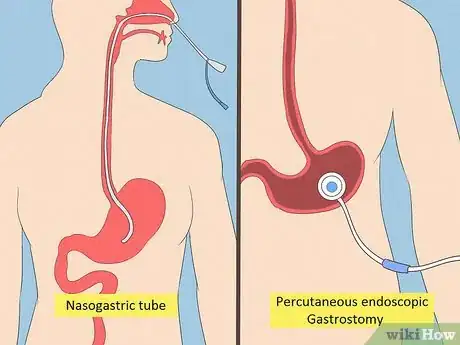

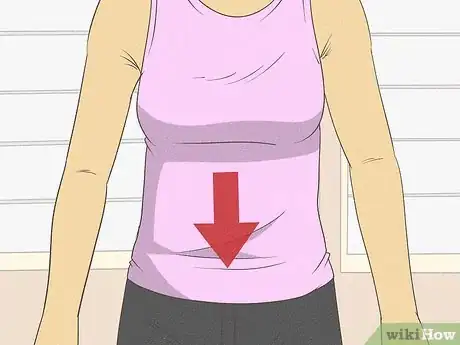
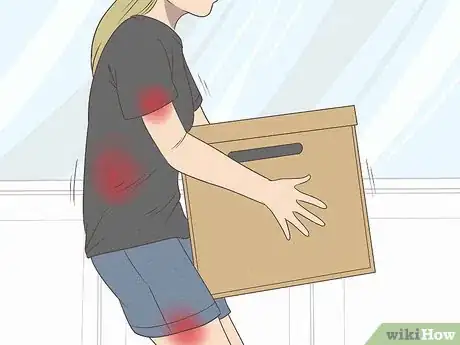

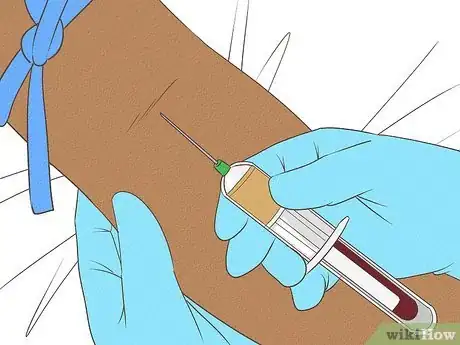










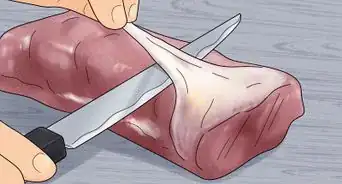
















































Medical Disclaimer
The content of this article is not intended to be a substitute for professional medical advice, examination, diagnosis, or treatment. You should always contact your doctor or other qualified healthcare professional before starting, changing, or stopping any kind of health treatment.
Read More...